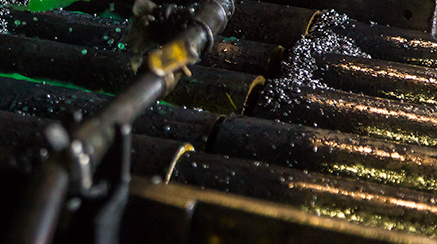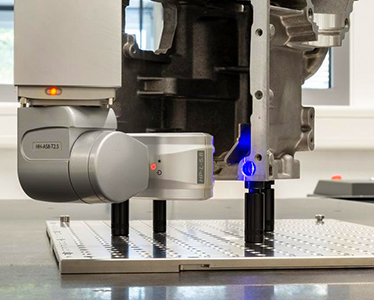History of forging
2023-07-14
Maple has twenty years of experience in the forging process, yet forging has been practiced by blacksmiths for thousands of years. In the Bronze Age, bronze and copper were the most common forged metals; Later, as the ability to control temperature and the process of smelting iron were discovered, iron became the main forged metal. Traditional products include kitchenware, hardware, hand tools and bladed weapons. The Industrial Revolution made forging a more efficient mass production process. Since then, forging has evolved with advances in equipment, robotics, electronic control and automation. Forging is now a global industry with modern forging facilities that produce high quality metal parts in a wide range of sizes, shapes, materials and processes.Forging methods
There are several forging methods with different capabilities and benefits. The more commonly used forging methods include the drop forging methods, as well as roll forging.
Drop forging
Drop forging derives its name from the process of dropping a hammer onto the metal to mold it into the shape of the die. The die refers to the surfaces that come into contact with the metal. There are two types of drop forging—open-die and closed-die forging. Dies are typically flat in shape with some having distinctively shaped surfaces for specialized operations.
Open-die forging (smith forging)
Open-die forging is also known as smith forging. A hammer strikes and deforms a metal on a stationary anvil. In this type of forging, the metal is never completely confined in the dies—allowing it to flow except for the areas where it is in contact with the dies. It is the operator's responsibility to orient and position the metal to achieve the desired final shape. Flat dies are used, with some having specially shaped surfaces for specialized operations. Open-die forging is suitable for simple and large parts, as well as customized metal components.
Advantages of open-die forging:
·Better fatigue resistance and strength
·Reduces chance of error and/or holes
·Improves microstructure
·Continuous grain flow
·Finer grain size
Closed-die forging (impression-die)
Closed-die forging is also known as impression-die forging. The metal is placed in a die and attached to an anvil. The hammer is dropped onto the metal, causing it to flow and fill the die cavities. The hammer is timed to come into contact with the metal in quick succession on a scale of milliseconds. Excess metal is pushed out from the die cavities, resulting in flash. The flash cools faster than the rest of the material, making it stronger than the metal in the die. After forging, the flash is removed.
In order for the metal to reach the final stage, it is moved through a series of cavities in a die:
1.Edging impression (also known as fullering or bending)
The first impression used to mold the metal into a rough shape.
1.Blocking cavities
The metal is worked into a shape that more closely resembles the final product. The metal is shaped with generous bends and fillets.
1.Final impression cavity
Final stage of finishing and detailing the metal into the desired shape.
Advantages of closed-die forging:
·Produces parts up to 25 tons
·Produces near net shapes that require only a small amount of finishing
·Economic for heavy production
Roll forging
Roll forging consists of two cylindrical or semi-cylindrical horizontal rolls that deform a round or flat bar stock. This works to reduce its thickness and increase its length. This heated bar is inserted and passed between the two rolls—each containing one or more shaped grooves—and is progressively shaped as it is rolled through the machine. This process continues until the desired shape and size is achieved.
Advantages of automatic roll forging:
·Produces little to no material waste
·Creates a favorable grain structure in the metal
·Reduces the cross-sectional area of the metal
·Produces taper ends
























































